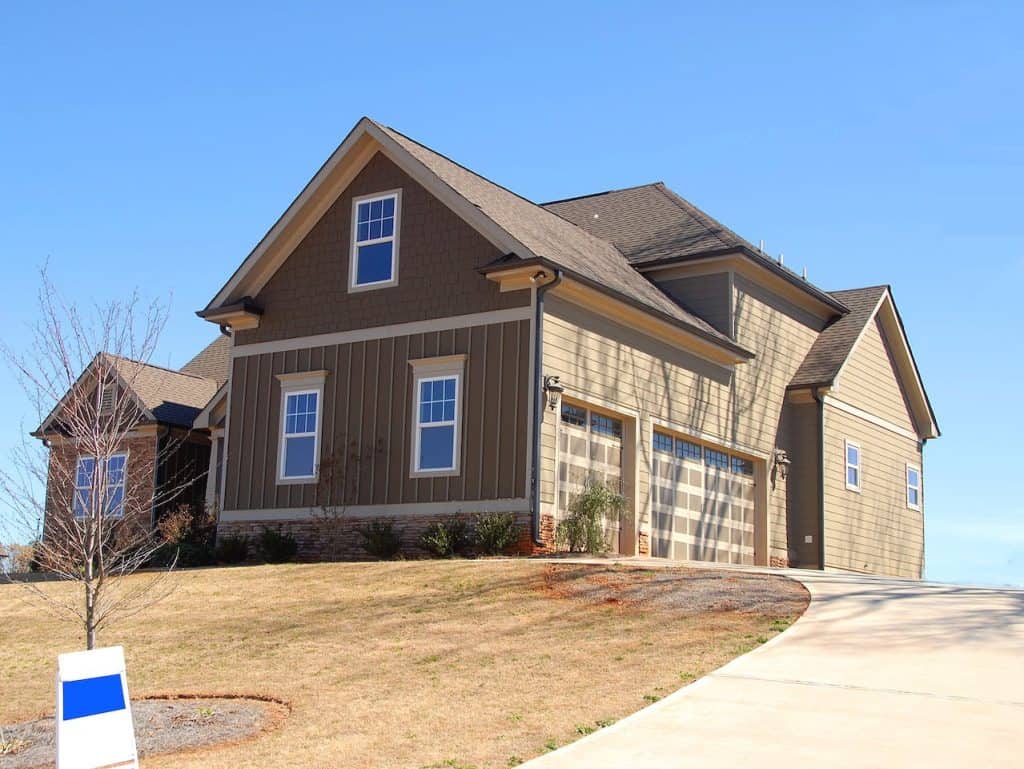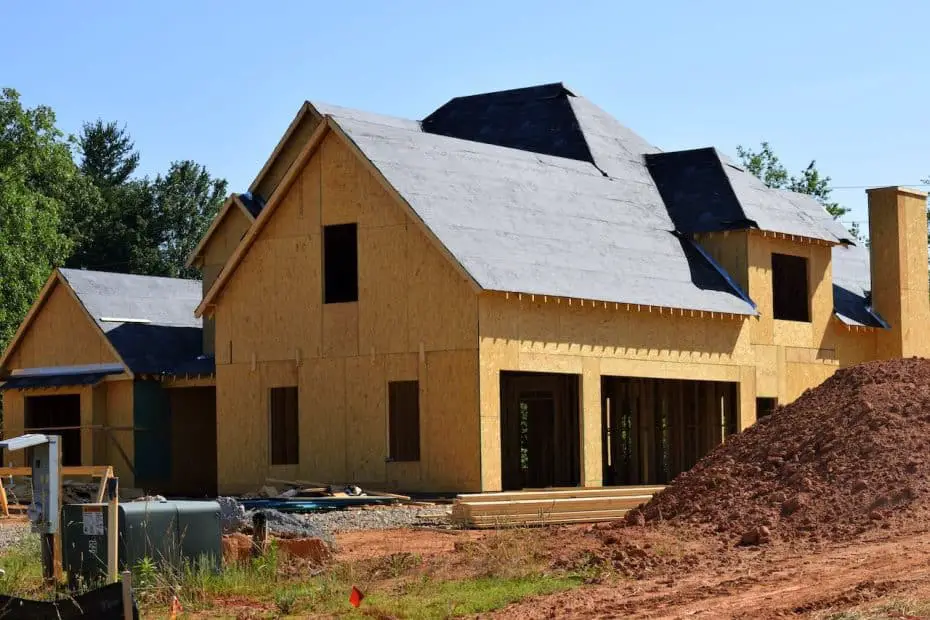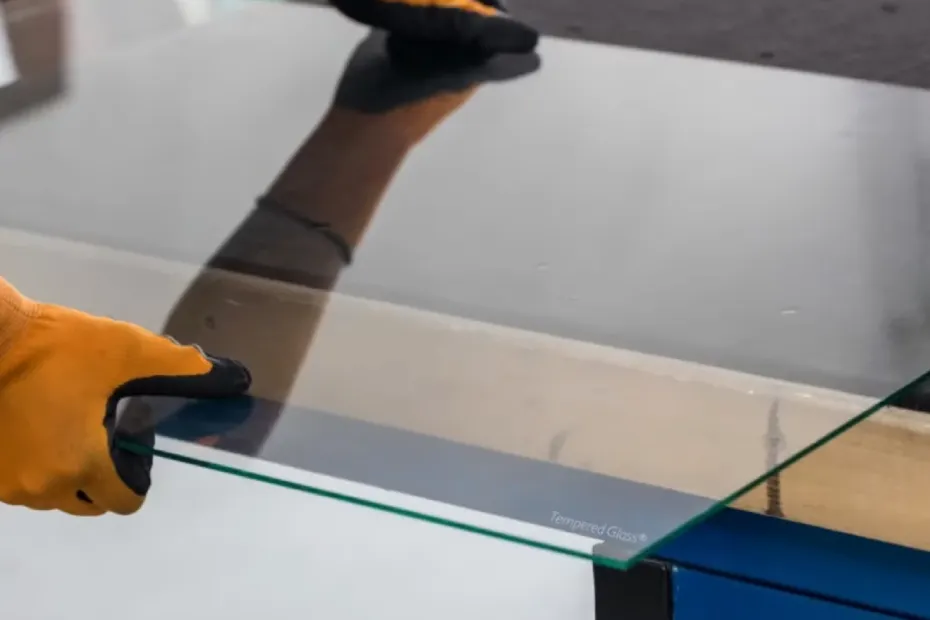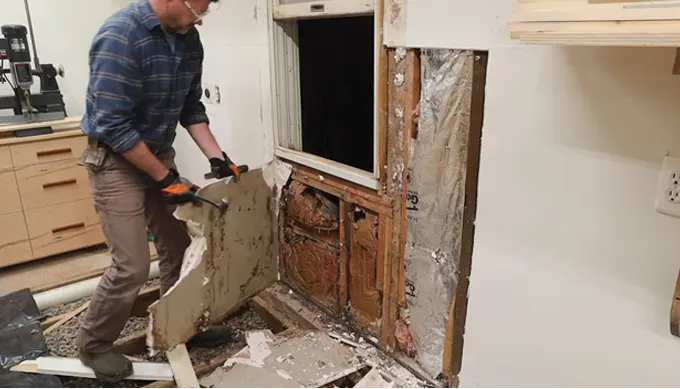WoodenuKnow.com is a participant in the Amazon Services LLC Associates Program, an affiliate advertising program designed to provide a means for sites to earn advertising fees by advertising and linking to Amazon.com and may earn from qualifying purchases.
Commercial roofing encompasses a wide range of roofing systems designed to meet the unique needs of businesses and industrial buildings. Unlike residential roofing, commercial roofing typically involves larger scale projects, specialized materials, and considerations for factors like energy efficiency, durability, and regulatory compliance. In this article, we will delve into the world of commercial roofing, exploring its importance, the various types of roofing systems available, maintenance and repair considerations, and the impact of technology and sustainability in modern roofing solutions.

Types of Commercial Roofing Systems
Commercial roofing systems are extremely diverse and cover different architectural styles, climates, costs. Here are some of the most common types:
Built-Up Roofing (BUR):
Hot-tar-and-gravel roofing is a traditional type of durability. Its various layers give a thick, strong surface.
Metal Roofing:
Metal roofs have been adopted due to their extremely long life, strength as well as immunity against fires. They are made from materials like aluminum, steel or copper.
Single-Ply Membranes:
These materials include TPO, EPDM and PVC that are lightweight roofing products with simple installation in all climate conditions.
Green Roofs:
These are becoming more common because of their ecological advantages. They include a layer of vegetation grown over the waterproofing system.
Modified Bitumen:
Purposely made for flat-roofed structures, it is installed in rolls and occasionally heated with a torch.
Commercial Roof Maintenance and Repair
Frequent maintenance and prompt repairs help to extend the life duration of a commercial roof. Key aspects include:
Regular Inspections:
Routine inspections, including biannual ones and those conducted after extreme weather events are important to reveal problems that can affect roof integrity. Through close examination of the roof condition, including its structure, shingles and flashing any signs of damage or wearing can be easily ascertained.
Preventative Maintenance:
To ensure long life for the roof, a proactive method of maintenance needs to be undertaken in order to avoid costly repairs. This would involve routinely cleaning drainage and gutters to ensure optimum water outflow, removal of substances that may accumulate and cause devastation as well as fixing minor problems such as loose shingles or small leaks before they blow up into huge issues.
Leak Detection and Repair:
The immediate response to any discovered leaks is vital to avoid interior damage as well as potential structural problems. An extensive roof inspection, together with modern leak detection technologies, can reveal the location of a leak and help timely repairs be performed.
Warranty Compliance:
All the maintenance and repairs should be done with regard to the roofing warranty. This includes adhering to materials approved, installation methods as per recommendations and also recordkeeping of all work done. Sticking to the terms of warranties can ensure that you enjoy as much cover and benefits from roofing warranty.
Performing these preventive measures and adopting a proper roof maintenance plan not only means you will be able to prolong the lifespan of your roof but also that any potential problems are addressed even before they arise.
Technology and Sustainability in Commercial Roofing.
Advancements in technology and a growing emphasis on sustainability are shaping the future of commercial roofing:
Innovative Materials:
The new materials are highly durable, energy efficient and eco-friendly.
Energy Efficiency:
The cost of energy is lowered due to reflective coatings, better insulation and materials that have a low affinity for heat.
Solar Roofing:
The inclusion of solar panels in the roofing system for producing renewable energy.
Green Roofing Trends:
This not only involves plant-based roofs but also technologies associated with water management and insulation.
Smart Roofing Systems: Integration of sensors and IoT technology to monitor the condition of roofs as they happen.
Conclusion
Commercial roofing is an intricate and multi-faceted sphere that includes a variety of considerations, from the selection of materials to complying with sustainability standards. The development of technology impacts commercial roofs by introducing new approaches to promoting their efficiency, structural durability, and environmental impact. Keeping up-to-date on these advances and partnering with trusted industry professionals is critical for business owners, landlords, and property managers to ensure that their commercial roofs have been a worthwhile investment that is also environmentally conscious. Regardless of whether we are talking about the construction of a new building or renovation work on an existing one, appropriately installed roofing can make a substantial difference in both value and function.




